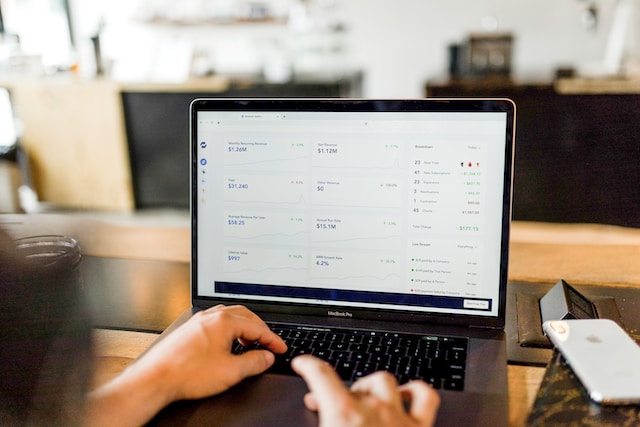Today businesses sink in data. Different information on the Internet helps companies gather data about customers on social media and other popular platforms. The information collected online can give valuable insights into the user’s behavior, habits, preferences, and likes. But is it safe to collect and store data of customers?
With information being so critical for businesses, there must be a solution for gathering, collecting, and unifying the data. This is the time when a well-protected Customer Data Platform comes in. One of its key advantages is enhanced security. CDPs are designed with built-in security features to help to protect against data breaches and cyber-attacks.
What is CDP? Where is it used, and how can it safely streamline processes within a company? This article will answer these and many more questions. You will learn about the characteristics of CDPs, their difference from CRMs, and the benefits of using Customer Data Platforms in the market now.
What Is a Customer Data Platform?
If your company collects data from different sources, such as websites, mobile apps, social media, and more, the use of CDP is a must. It’s a handy solution that helps collect and unify the data to further bring it to activation. Using the Yespo CDP tool will give you a unified look at the customers for further purposes.
There are 3 main types of CDP. You can break down the list into the following types:
- Access. This type of platform mainly unifies and stores data for businesses.
- Analytics. On the contrary, CDP analytics types are called to provide more advanced insight into the data.
- Campaign. This type of CDP combines the characteristics of the previous ones, but it’s also equipped with the ability to create and execute campaigns.
What’s the main aim of the platform? First, it helps collect and manage large volumes of data. Additionally, CDPs offer a centralized repository for customer data, reducing the risk of data leakage or unauthorized access. With a CDP, businesses can manage and analyze customer data without worrying about security risks.
How Does a Customer Data Platform Work?
Based on the CDP’s main functions, one can suggest how the platform will work. The main processes the customer data platform performs are collecting, unifying, and activating the data you gather. There’s also an option to segment data, analyze it and create campaigns. These are the features for the advanced users of CDPs.
- First of all, the platform collects the data. All the data for a specific customer is collected and then stored as a unified profile in the system.
- The next step is to cleanse and merge the data. The amount of data is huge, so it’s pretty common for inconsistencies and duplicates to happen. At this stage, the platform will take care of the issues and clean the information.
- Data segmentation is the next step. With the help of advanced analytics, the platform will use its algorithms to sort the data based on demographics, data source, age, and many more factors.
- The final step is activating and personalizing the campaigns for each customer. The platform will ensure you, as a business, can interact with the customer through various channels.
Each step described above helps manage the data flow, segment it and put it to work to drive traffic and ensure a personalized approach to each customer. Even though the process may look a bit overwhelming at the beginning, the CDPs have well-developed algorithms to ensure everyone can handle its function.
CDP vs. CRM: What’s the Difference?
We’ve discussed what CDP is, but what about CRM systems? How do they differ from one another? Although having a relatively common functionality and set of features, there are still quite massive differences between these two major tools. Customer Relationship Management (CRM) is primarily a software solution for managing sales.
What’s the main difference between CDP and CRM? CRMs are mostly focused on customer interactions, while CDPs are called to centralize data and unify it so that it’s easily accessible and simply managed. Regarding functionality, CDPs are way more functional and packed with useful features.
What’s the advantage of using CDP over CRM? First, CDPs are more secure and use well-written safety protocols to store the data. You can have a more comprehensive view of the customer data and manage more flexibly.
Conclusion
A Customer Data Platform can be a valuable tool in enhancing cybersecurity for businesses that handle sensitive customer information. CDPs unify and segment data, enabling businesses to analyze customer behavior and create targeted messaging, improving the customer journey while also protecting customer information.
By using advanced analytics and segmentation, businesses can avoid unnecessary campaigns and reduce the risk of data breaches. This leads to better budget management and cost savings, as advertising and other customer-related activities are allocated properly. Additionally, CDPs can help businesses identify potential risks and vulnerabilities, allowing them to take proactive measures to protect customer data. Overall, CDPs offer businesses an effective way to enhance cybersecurity and safeguard customer information.

